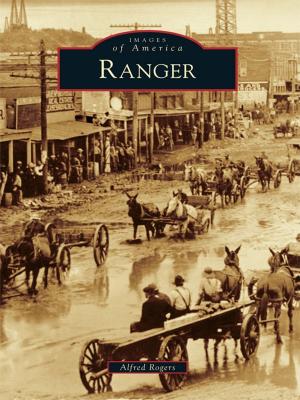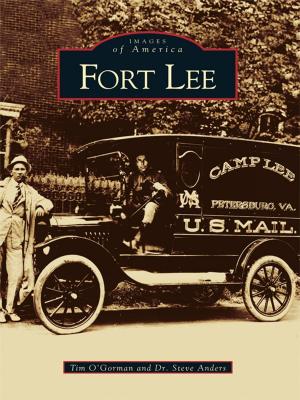Fort McAllister
Nonfiction, Social & Cultural Studies, Political Science, Politics, Law Enforcement, True Crime, Biography & Memoir| Author: | Roger S. Durham | ISBN: | 9781439612736 |
| Publisher: | Arcadia Publishing Inc. | Publication: | September 29, 2004 |
| Imprint: | Arcadia Publishing | Language: | English |
| Author: | Roger S. Durham |
| ISBN: | 9781439612736 |
| Publisher: | Arcadia Publishing Inc. |
| Publication: | September 29, 2004 |
| Imprint: | Arcadia Publishing |
| Language: | English |
Many earthen fortifications defended the city of Savannah and its numerous water approaches after the Civil War broke out. One of these defenses, Fort McAllister, protected the entrance to the Ogeechee River and the strategic railroad and highway bridges upstream. From November 1862 to March 1863 the U.S. Navy bombarded the fort seven different times without success. The fort finally fell to General Sherman in December 1864; ironically, the final threat the fort faced was not from an enemy trying to get up the river, but from one trying to get down the river to the sea. In the 1920s auto magnate Henry Ford renovated the fort and focused new attention on its history. In 1960 the State of Georgia built on Ford's work and opened the fort as a State Historic Site to mark the centennial of the Civil War. Today visitors can quietly wander the massive, earthen walls and gun positions, gaze across the wide river and expansive marshes, and ponder the thundering, blazing reality that once played on this ground.
Many earthen fortifications defended the city of Savannah and its numerous water approaches after the Civil War broke out. One of these defenses, Fort McAllister, protected the entrance to the Ogeechee River and the strategic railroad and highway bridges upstream. From November 1862 to March 1863 the U.S. Navy bombarded the fort seven different times without success. The fort finally fell to General Sherman in December 1864; ironically, the final threat the fort faced was not from an enemy trying to get up the river, but from one trying to get down the river to the sea. In the 1920s auto magnate Henry Ford renovated the fort and focused new attention on its history. In 1960 the State of Georgia built on Ford's work and opened the fort as a State Historic Site to mark the centennial of the Civil War. Today visitors can quietly wander the massive, earthen walls and gun positions, gaze across the wide river and expansive marshes, and ponder the thundering, blazing reality that once played on this ground.















